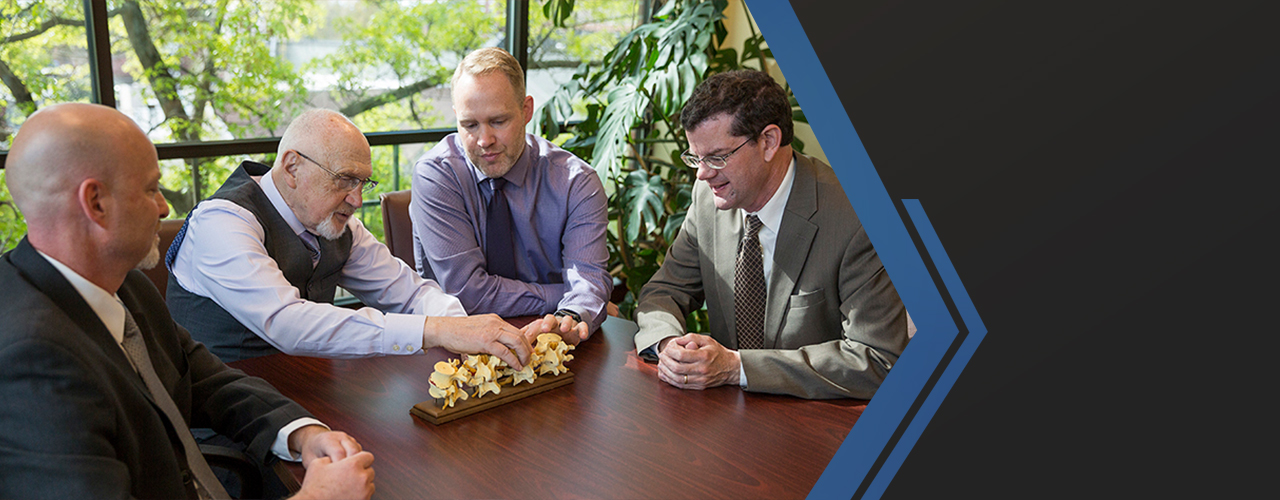Dealing with a Lateral Collateral Ligament (LCL) Tear
In this article, we want to focus on the Lateral Collateral Ligament (LCL) and some of the details associated with an LCL tear. First and foremost, the LCL is located on the side of the knee, otherwise known as the lateral side of the knee. The LCL ligament is a thick, strong band of tissue that connects to the bone.
The purpose of the LCL is to keep the knee from buckling one way or another. In other words, the goal of the LCL is to make sure your knee does not dislocate. The LCL achieves this goal by working together with the MCL, which is the ligament located on the inside of the knee.
How do LCL Tears Occurs?
LCL tears most commonly occur when a force is applied to the inside of the knee, forcing the knee to buckle inside and rotate towards the outside. This applied force puts pressure on the LCL ligament. The force can cause the ligament to tear completely in half. However, in some cases, the ligament may pop off at an attachment point at the upper or lower end of the knee. In other words, the ligament will tear off the bone at either the top or bottom location.
Life after an LCL Tear
Due to the importance of stability that the LCL gives your knee, if you have a complete tear of your LCL, you are most likely going to need surgery. Unfortunately, this also means that you will likely have some knee-related issues throughout the course of your life. In most cases, you will need to wear a brace to avoid that knee from buckling and potentially doing additional damage to other structures within the knee itself.
If you have an LCL tear or another type of injury from a fall or an accident, contact us today at Dwyer Williams Cherkoss Accident Injury Attorneys for a free case evaluation. Our team of experienced personal injury attorneys will do everything possible to ensure that you receive the compensation that you deserve!

















